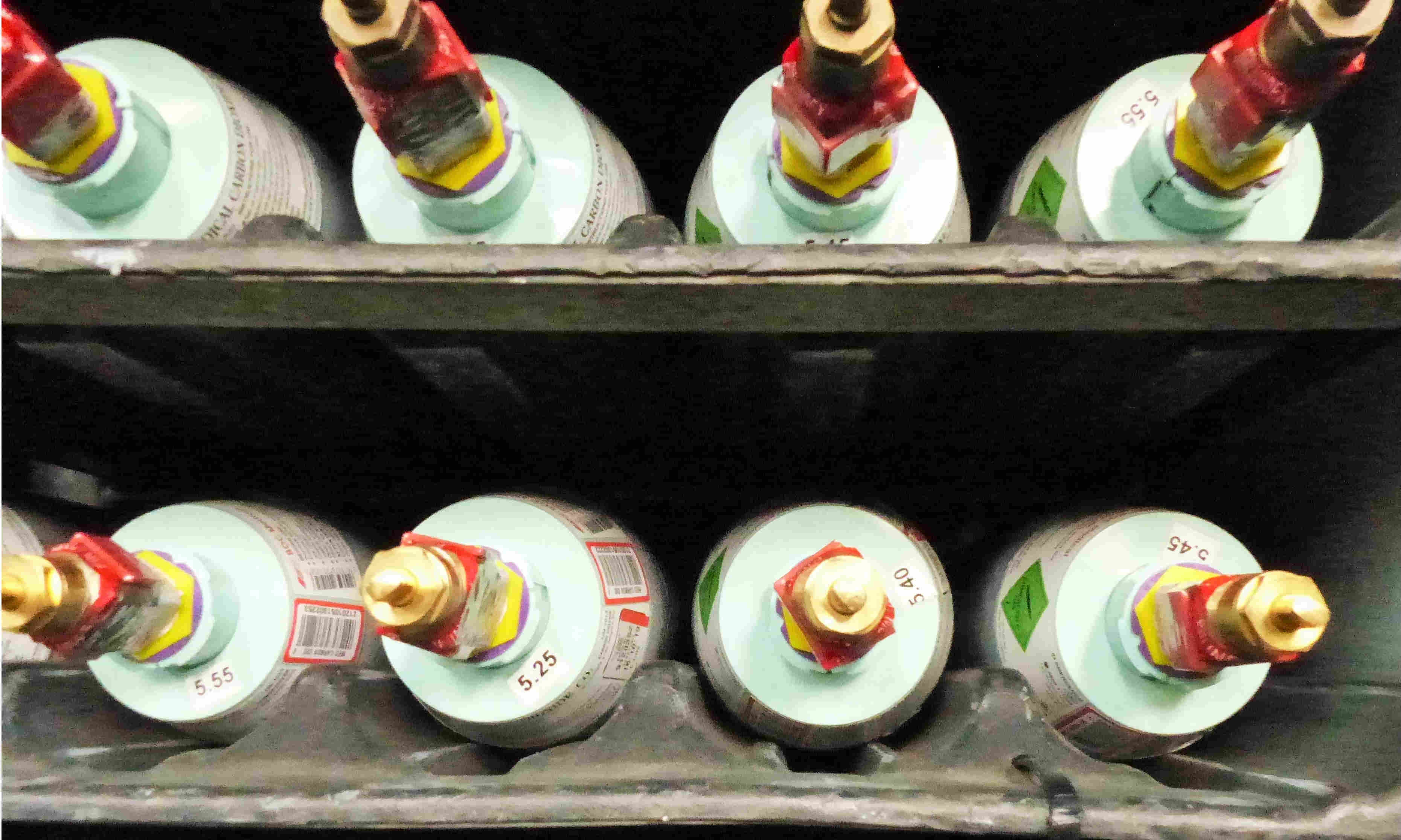BCGA highlights gas safety message to campus community
The British Compressed Gases Association is calling on those responsible for using industrial, food and medical gases in educational environments to familiarise themselves with a range of health and safety information.
The national trade body says that the diverse use of on campus requires a broad range of safety awareness on site, and an appropriate level of training for those involved.
To meet these demands, support is available from the BCGA’s extensive catalogue of information, available for free download from the association’s website.
Previously a charge was made to access much of the guidance, which includes codes of practice, guidance notes, technical reports and technical information sheets, as well as leaflets, safety alerts and industry information.
Doug Thornton, Chief Executive of the BCGA, said: “Our mission is to ensure safety in the use, storage, transportation and handling of gases and the respected publications we produce are key to that.
“Significant resources are deployed to bring each of our publications together and they provide an invaluable resource for the campus community.
“Industrial, food and medical gases are essential to the existence and wellbeing of thousands of people in the UK every day and they play an important role in education, in both applied and research areas.
“It is vitally important they are used correctly.”
The BCGA says areas for the education sector to consider include gas storage, distribution across the site, safe working practices, PPE, testing and maintenance and competency training.
Mr Thornton added: “The application of gases in educational facilities can vary significantly.
“Some are low level use, such as teaching welding to future car mechanics, others include very high-quality gases being supplied into a laboratory.
“When discussing gas safety in campus environments, the information relates largely to three distinct groups, the facilities managers who have the responsibility for putting into place the infrastructure, such as stores and pipework, as well as all associated inspection and maintenance activities, the education staff who use and instruct on the equipment and have their responsibilities to look after the students, and finally the students themselves.
“All these groups have differing requirements, but all can access information relevant to them from our library.
“From a safety perspective, regardless of the type of gas used, the first consideration is to ensure gas can be safely stored on site.
“Whatever type of gas is stored on site, we encourage the principles of utilising external, secure storage, with good natural ventilation and no ignition sources. Some sites also have cryogenic storage, which also needs to be considered carefully.
“The distribution of gas on site is another important area.
“On the whole, we encourage the distribution of gas from an external store by pipework into the area it is required, as opposed to having cylinders located inside close to the work area.
“It is important the right PPE is used to protect users from potential hazards and to ensure safe working practices are in place, with confined spaces hazards considered, and effective ventilation and gas detection capabilities introduced.
“Equipment also needs to be well looked after and inspected. Pressure systems need regular inspection, maintenance and examination. The life cycle of equipment also needs careful consideration.
“A culture of competency needs to be in place. Individuals should have appropriate training on the equipment they are using as well as general awareness training on the hazards and safe use of gases.
“Thought also needs to be given to the correct manual handling factors in relation to the movement of cylinders.
“Finally, gases serve an invaluable purpose but unfortunately they can be misused.
“We’d urge those in the education sector to be mindful of our guidance in leaflet L7, the Dangers of Misusing Gases, to be alert to these concerns.”
All details surrounding these areas and more can be viewed under the ‘publications’ tab on the Association’s website www.bcga.co.uk


